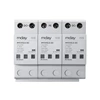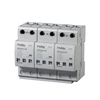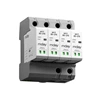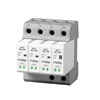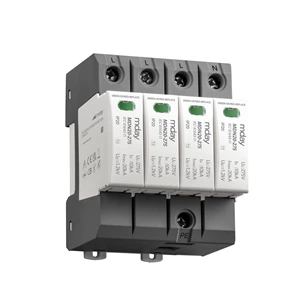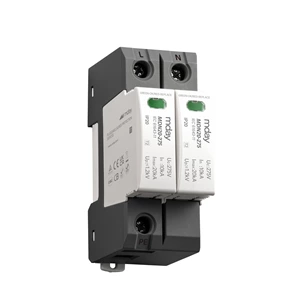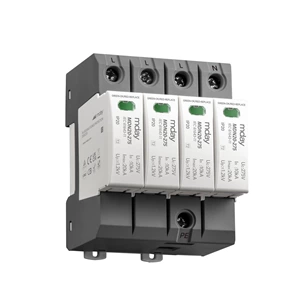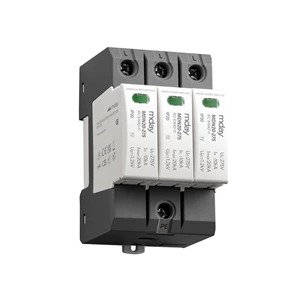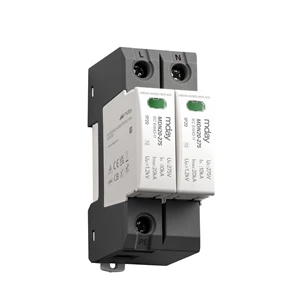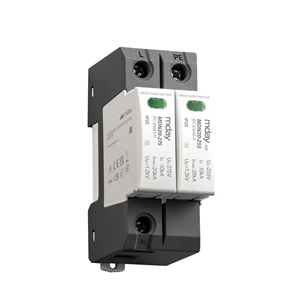Why The Connecting Wire Of The Surge Protector Cannot Exceed 0.5 Meters?
Surge protectors play a key role in power systems, especially in the lightning protection standard GB50343-2012, which stipulates in clause 5.4.3 that the length of the connecting wire of the power line surge protector should not be greater than 0.5m. Although it may feel simple to install when in use, many people are confused about this regulation when faced with the modification requirements proposed by the drawing review or the chief engineer. In order to solve this confusion and make everyone more clear about the limitation of the wiring length of the surge protector, let's explore it in depth.
First of all, 0.5m refers to the total length of the surge protector connecting wire, including the L1 section from the main power line to the backup protector, the L2 section from the backup protector to the surge protector, and the L3 section from the surge protector to the grounding bar. The total length of these three sections should not exceed 0.5 meters. In actual construction, try to ensure that the line is short and straight.
Why does the specification require the line length to be less than 0.5 meters? This involves the oscillation effect of the power line connected to the surge protector. When there is a surge current discharge, the oscillation phenomenon of the surge on the line will also produce a certain residual pressure on the line. This residual pressure plus the residual pressure of the surge protector may cause the total residual pressure on the back-end equipment of the system to exceed the withstand voltage of the equipment, thereby damaging the equipment. In order to reduce the line induction voltage, the specification requires that the connecting wire of the surge protector should be as short as possible, not more than 0.5m, to ensure better protection effect.
In actual calculations, the length of the line connecting the surge protector will affect the residual voltage on the protected equipment. This is because the residual voltage includes not only the protection level Up of the surge protector, but also the induced voltage on the line. GB/T 18802.12-2014 6.1.3 mentions that assuming the inductance of the wire is 1μH/m, when the surge wave rise rate is 1KA/μs, the voltage drop along the length of the wire is about 1KV/m. Moreover, if the steepness of di/dt is greater, the voltage drop value will be higher. Therefore, such residual pressure may exceed the withstand voltage of the equipment, causing damage to the equipment. Therefore, by shortening the length of the wire connecting the surge protector, the line induction voltage can be effectively reduced and the overall protection effect can be improved.
In addition, there is a wiring method called Kevin wiring or V-shaped wiring. The inductance effect of this method will be significantly reduced, which is equivalent to connecting the input and output to the same port of the surge protector, effectively reducing the line length and improving the protection effect. When the wire distance is difficult to control within 0.5 meters, it is recommended to use Kevin wiring.
In general, in order to ensure the good protection effect of the surge protector, in addition to paying attention to the parameter specifications when selecting, the installation process must also meet the requirements of the specifications, especially the control of the length of the connecting wire to reduce the line inductance voltage and protect the equipment from the harm caused by lightning strikes.


